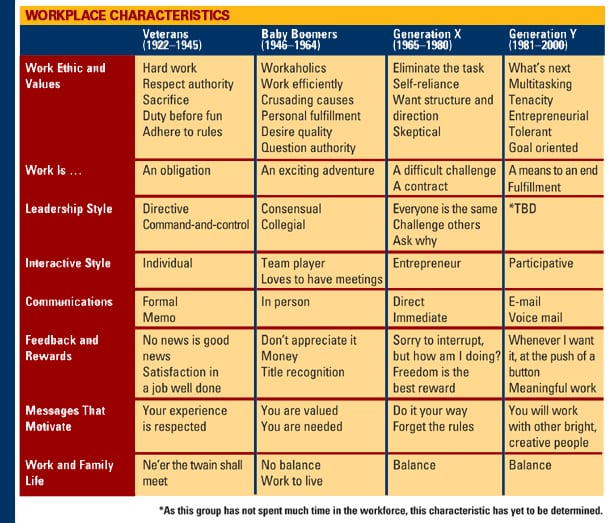by Jose Lozano – May 2015 It’s not news that traditional advertising reaches fewer people and fails to cut through the ever-increasing noise in our daily lives due to the fragmentation of the media ecosystem and, for those of us willing to admit it, an ever-shortening attention span. A silver lining for marketers is that…Continue Reading Sports Partnerships–not Sponsorships–Make the Investment Work for Your Brand
Sports Partnerships–not Sponsorships–Make the Investment Work for Your Brand




